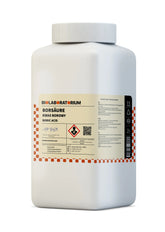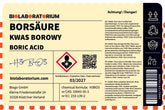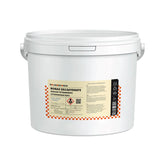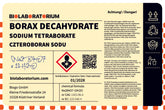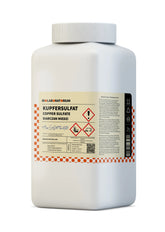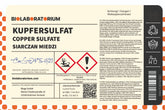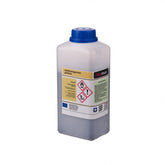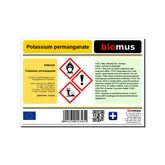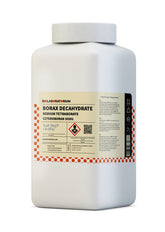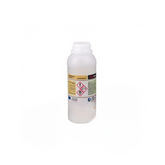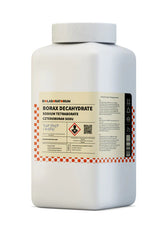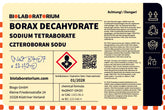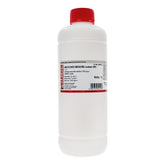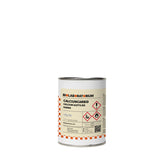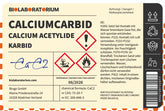Tetrahydrofuran (THF) – Properties, Industrial Applications, and Safety
Tetrahydrofuran (THF) is a versatile organic solvent used in a wide range of industrial processes and applications. In this blog post, we will take a closer look at the key properties, uses, and safety aspects of tetrahydrofuran.
What is Tetrahydrofuran?
Tetrahydrofuran (THF) is a colorless, highly flammable liquid with a characteristic odor. It belongs to the group of cyclic ethers and has the chemical formula C₄H₈O. THF is soluble in water and has a boiling point of about 66 °C.
Physical and chemical properties
Tetrahydrofuran is a polar, aprotic solvent that exhibits a number of interesting properties:
- High solvency for many organic compounds
- Good miscibility with water and other solvents
- Low flash point (approx. -14 °C) and explosion hazard when in contact with ignition sources
- Relatively low viscosity
- Chemical stability, but sensitivity to acids and bases
These properties make THF a versatile solvent in the chemical industry.
Industrial applications of tetrahydrofuran
Tetrahydrofuran is used in numerous industrial processes. Some of the most important application areas are:
Polymer production
THF serves as a monomer for the production of polytetrahydrofuran (PolyTHF), an important base material for the production of polyurethanes. PolyTHF is used in elastomers, adhesives, and coatings.
Solvents
Due to its good solvent properties, THF is used as a solvent for many organic compounds, e.g., in paint manufacturing, dye production, or plastic processing.
Synthesis Chemistry
In organic synthesis chemistry, THF is a commonly used solvent for reactions involving polar or ionic intermediates.
Pharmaceuticals
THF is used in the production of active pharmaceutical ingredients and intermediates in the pharmaceutical industry.
Electronics Industry
In the electronics industry, THF is used as a solvent for paints, adhesives, and coatings.
Other Applications
Further application areas of tetrahydrofuran include the rubber, textile, and paper industries, as well as the production of dyes, pesticides, and lubricants.
Safety Aspects When Using Tetrahydrofuran
Although tetrahydrofuran is a useful and versatile solvent, some safety aspects must be considered when handling it:
Fire Hazard
THF is highly flammable and can cause fires and explosions when in contact with ignition sources, heat, or sparks. Therefore, strict safety measures such as explosion protection, grounding, and avoidance of ignition sources are required.
Health Risks
Tetrahydrofuran can be harmful to health if inhaled, swallowed, or upon skin contact. It can cause respiratory irritation, dizziness, headaches, and nausea. Therefore, contact with THF should be avoided through appropriate protective equipment such as respiratory protection and gloves.
Environmental Aspects
THF is a potentially environmentally hazardous substance due to its volatility and water solubility. If disposed of improperly, it can enter water bodies and soils. Proper disposal and wastewater treatment are therefore essential.
To minimize the risks when using tetrahydrofuran, comprehensive safety measures, careful handling, and staff training are required. Only in this way can THF be used safely and efficiently in industrial processes.
Conclusion
Tetrahydrofuran is a versatile and powerful organic solvent with numerous applications in the chemical industry. Its excellent solvent properties, miscibility, and chemical stability make it an important material. At the same time, handling THF requires special safety measures due to its fire hazard and health risks. However, with proper handling and safety equipment, tetrahydrofuran can be used safely and efficiently in industrial processes.

